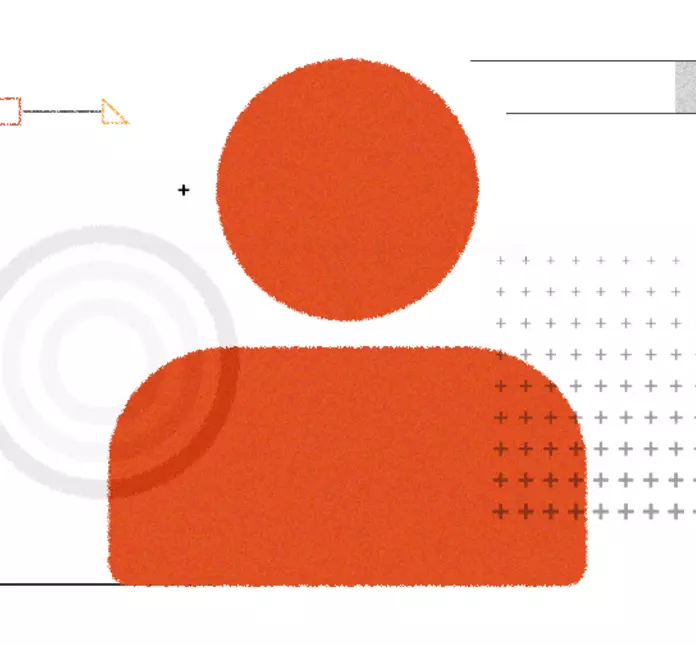Five Things You Need To Know About CI/CD Integration
When you are first learning and digging into coding, there is a lot of information available to you. It might even seem overwhelming, there are so many acronyms to keep track of. You might see CI/CD Integration for the first time and become confused as to what that means or what the difference really is.

Continuous Integration (CI) is when a development team merges code changes multiple times a day. Each time a code is integrated into the shared area, it will be verified by the automatic build. This automatic testing is not strictly a part of the CI process but it typically implied to verify the code is correct and works well.
Continuous Delivery (CD) is simply the release of software that passes quality tests into production. By making sure your codebase is ready to go into action at any point and can always pass all tests. Continuous Integration is often extended with Continuous Delivery, workflow processes in which code changes are automatically prepared for incremental release.
The CI/CD processes share the same goal: to make the overall software development-and-release process faster and more robust for your business. CI/CD is often the quickest way to software deployment. Here are five things you need to know about the CI/CD integration process and why it matters:
1. Saves development time and reduces complexity
Oftentimes, software developers don’t have time to figure out every configuration or customization upfront. Working in small iterations is a crucial way to reduce overall complexity and increase development speed. Getting the CI/CD workflow in place is a critical step to put into place but is truly the best practice for coding.
A CI/CD foundation takes smaller, controlled steps to merge incremental code changes for a larger project into a central repository for testing. Approved code is sent to a staging and production environment for release, reducing overall development time.
Any step that can be automated, should then be automated to make less work in the future. Saving time will ultimately save you money, and will make your code be able to be more functional as well. The more you automate your testing, you will be able to implement changes more regularly.
2. Shortening the feedback loop brings inherent flexibility to the development process
The CI/CD backbone includes a quick feedback cycle to help reveal errors early. This lets developers weed out bugs before they grow or cause deeper problems. The shorter the loop, the sooner your developers can see what works and what doesn’t. Because software is always learning, you may not always get it right the first time. And that is okay.
When you have a shorter feedback loop, it will let code that passes tests be quickly deployed so your team can work on adding more features and fixing more bugs. Ensuring that every step is automated will help you become more productive over time as well.
The shorter feedback loops still allow you the chance to see the code in context, but they will also be easier to identify should something not fit exactly right. And once you get quality feedback you can move on to the next thing that needs to be coded and discover how it fits in with your current system.
You can make shortening your feedback loops into a game. If feedback takes hours can you make it take minutes? If it’s minutes can you make it take seconds? The faster you can get feedback, the more your code will be integrated and less likely to cause problems or errors in the future.
3. Maximizes the productivity pipeline
Sometimes a good developer can be hard to source. When you are using a CI/CD pathway, you will free up more time for your developers to be productive and allows them to keep their focus on coding rather than solving problems as they occur.
Developers often have a preference of what they enjoy doing, by narrowing in on their skill set and allowing them to focus on that will keep your system’s productivity up. You may find that a developer gets frustrated when they develop code that doesn’t seem to get used in a timely manner. CI/CD integration will prevent that from becoming an issue.
Once you are able to verify code is completed you can make it live. Releasing aspects of the code as it is developed will then free up the software developer to continue developing more programming logic. Teams will be able to focus on the big picture and won’t get caught up in making small improvements that may not help anything.
4. Continuous delivery and integration of built code
Running Interim quality assurance checks test and deployment of applications incrementally let design flaws be detected earlier so recovery time is quicker. Being able to catch mistakes quickly will save you time and money, so you aren’t releasing code that will error or damage your system.
Not having any manual steps involved in your code development process will help decrease mistakes made and rule out human error. CI/CD integration is vital for continued success for developers. Avoiding human error will help your development team to feel less pressure as well.
Code correctness can be tested and validated incrementally as new code is released, providing continual learning and feedback to the developer so any bugs can be swiftly detected and addressed. It’s important when you’re using CI/CD integration to also have automatic rollback so you won’t fear to push out new work.
As companies are ever-increasing their capabilities, you don’t want to be left behind. The reason CI/CD integration is considered a best practice is that it works so well when utilized correctly. CI/CD is the workflow system that can get new codes working for you faster.
5. A Continuous Delivery pipeline keeps the development team working
A shorter feedback loop helps keep the entire team productive and in a “green” state. Any time you work slower than your competition you run the risk of falling behind creatively and professionally.
Having your entire workflow on board with the CI/CD will change the way your organization will react and develop software. Not only will you be more productive but your development team will be able to spend time actually developing and working on what they enjoy doing.
When the entire team becomes high-performing, engaged, and productive during development and testing, you will find higher satisfaction and more engagement. That is positive news for any company and makes CI/CD integration an important aspect to consider using.
Conclusion
Having quick speeds to get your code to the market matters and can make a difference. Leveraging the CI/CD process is a practical way to help your developers. An easy way to tell if you are running optimally is by asking your developers to create a code and send it live within 20 minutes. If it is successful, you are in optimum CI/CD Integration mode!
For speed and safety as well as innovation, having CI/CD integration is the best way to ensure your business is able to ship software in minutes. The world moves pretty fast and if you fall behind, your company could never recover. CI/CD integration initially can be a shift in priority but will ultimately benefit everyone.
Subscribe
Related Blogs
Trek n Tech Annual Retreat 2025: A 7-Day Workcation of OSL

OSL family came together for the Trek n Tech Annual Retreat 2025, a 7-day workcation set amidst the serene beauty of…
Exploring Drupal's Single Directory Components: A Game-Changer for Developers

Web development thrives on efficiency and organisation, and Drupal, our favourite CMS, is here to amp that up with its…
7 Quick Steps to Create API Documentation Using Postman

If you work with API , you are likely already familiar with Postman, the beloved REST Client trusted by countless…




